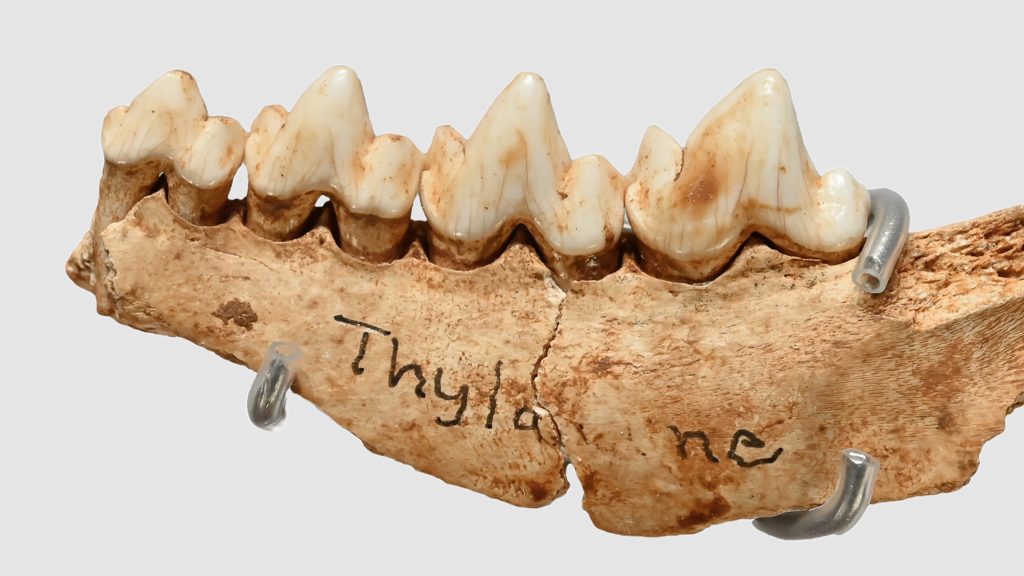
One million years ago, the owner of this jawbone and teeth prowled the grasslands in the area now known as Wellington, in the Dubbo region of central NSW. It was the carnivorous Australian marsupial and specialised predator known as a thylacine (Thylacinus cynocephalus), Tasmanian Tiger, or Tasmanian Wolf. A striped dog-like animal, it had a […]
Read More…
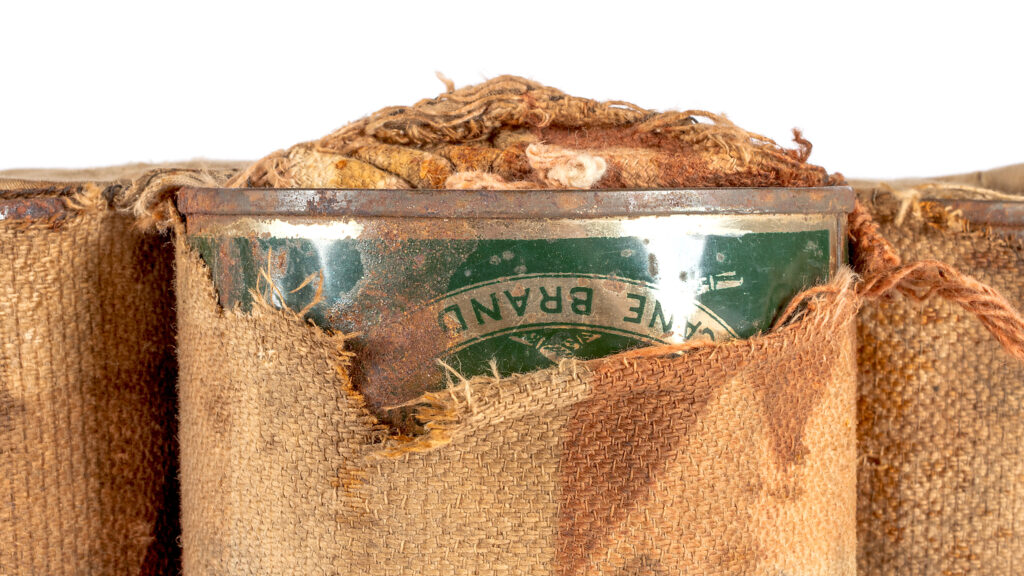
In late 1929, stock markets crashed and the world fell into the Great Depression. By 1932, one in three Australian breadwinners were unemployed. Families queued at soup kitchens or relied on government payments that allowed them to buy only the bare minimum of food. For many poor families, the staple meal was bread and ‘dripping’ […]
Read More…
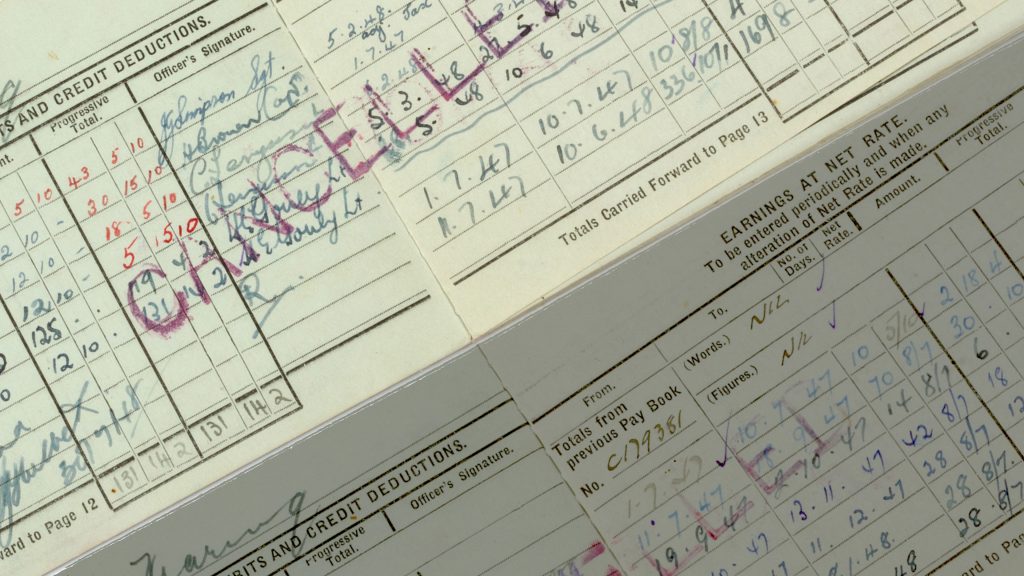
The World Wars unfolded as both harrowing battlefields and captivating cultural stages, with one of its greatest conflicts becoming the evolving role and recognition of women as they contributed to Australia’s military effort. During WWI, women’s direct involvement in the military beyond Australian soil was limited to a few thousand nursing roles. While some women […]
Read More…
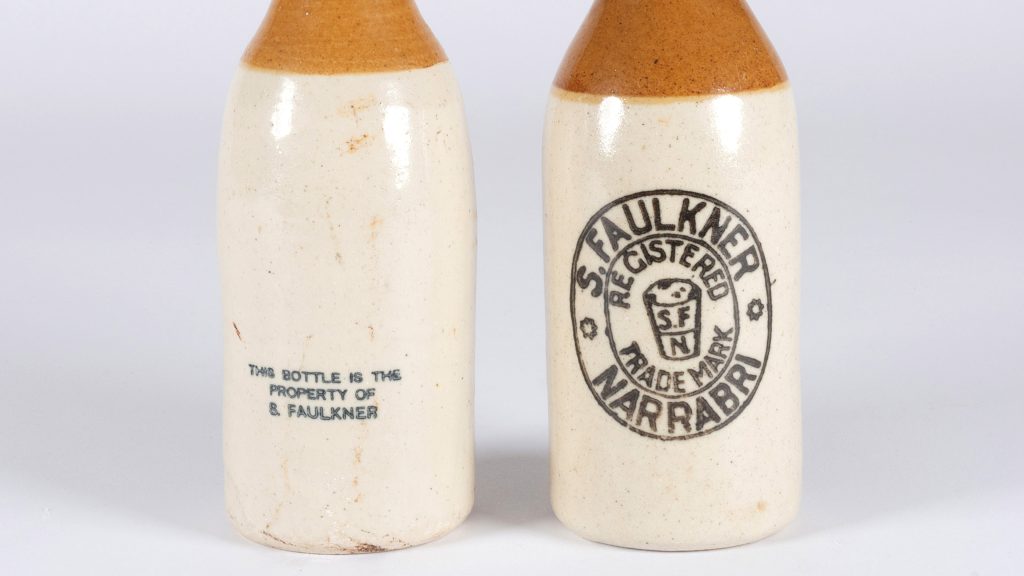
Standing the test of time, these ceramic bottles have remained in a near-pristine condition for over a hundred years. They tell the story of Narrabri’s famous cordial maker, Septimus Faulkner (1859-1936). In the late 1800s, a young Faulkner arrived in Narrabri to work for Edmund Fuss, a chemist who had turned to cordial making. Under […]
Read More…
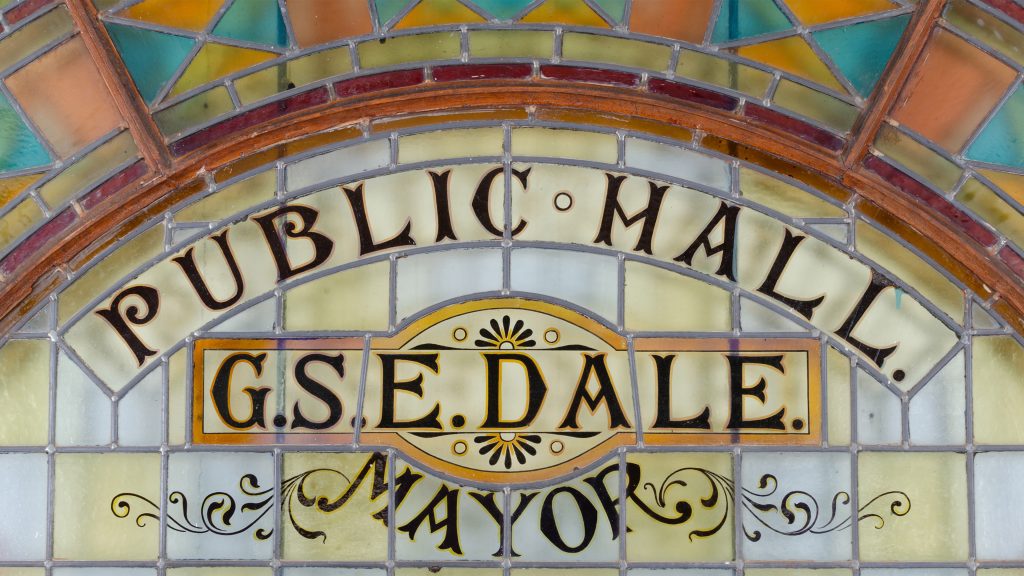
Described as ‘splendid’ and ‘imposing,’ the Narrabri Town Hall was a two-story brick building erected on Doyle Street in 1892. Built at a cost of 3,500 pounds (including furniture), it was officially opened the following year by the Governor, Sir Robert Duff, who used a ceremonial golden key presented to him for the occasion. Stained […]
Read More…
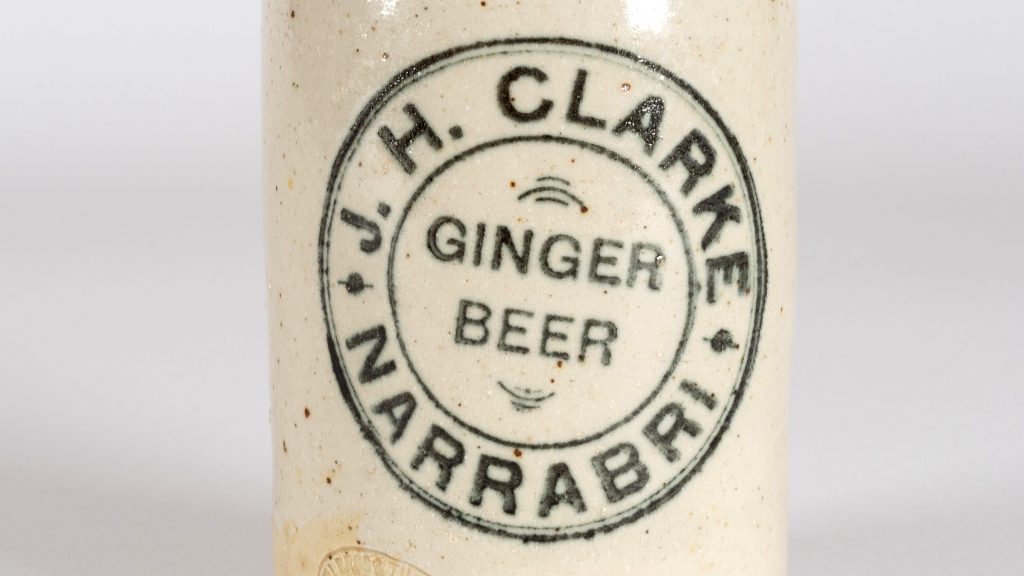
In the late 1800s and early 1900s, cordial making factories sprung up across central-west NSW. With modern single-use plastic bottles yet to be invented, many drinks were sold in glass or ceramic bottles, usually with a cork stopper or stamped metal cap. These particular ceramic bottles contained drinks that were produced by James Herbert Clarke’s […]
Read More…
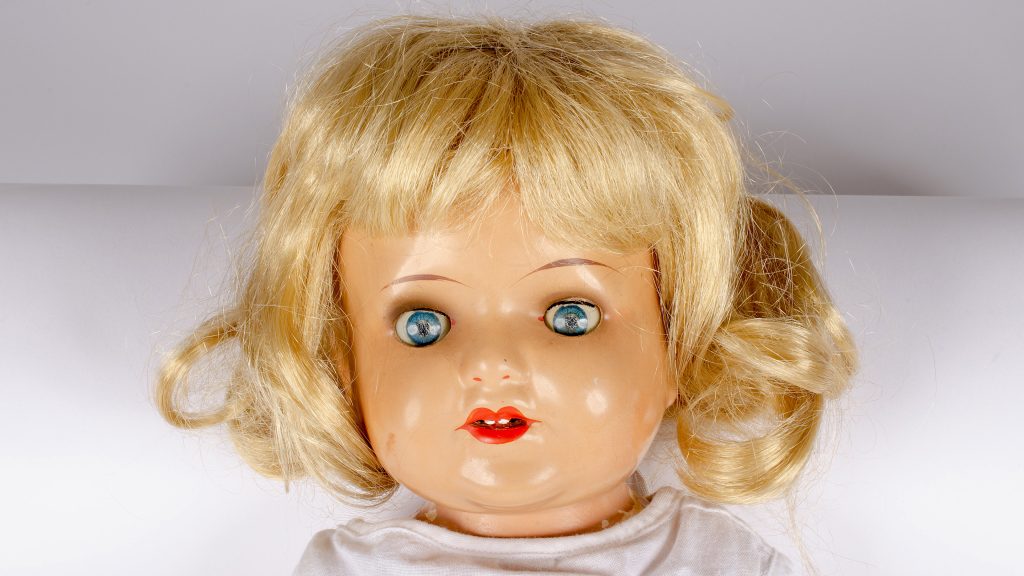
In the 1920s, the children’s doll market was booming. The recent development of celluloid had changed everything – instead of relying on delicate and expensive porcelain, celluloid was tough, easily moulded, affordable, and high quality. During this time, the German and Japanese doll industries were particularly active, and many dolls and parts were imported to […]
Read More…
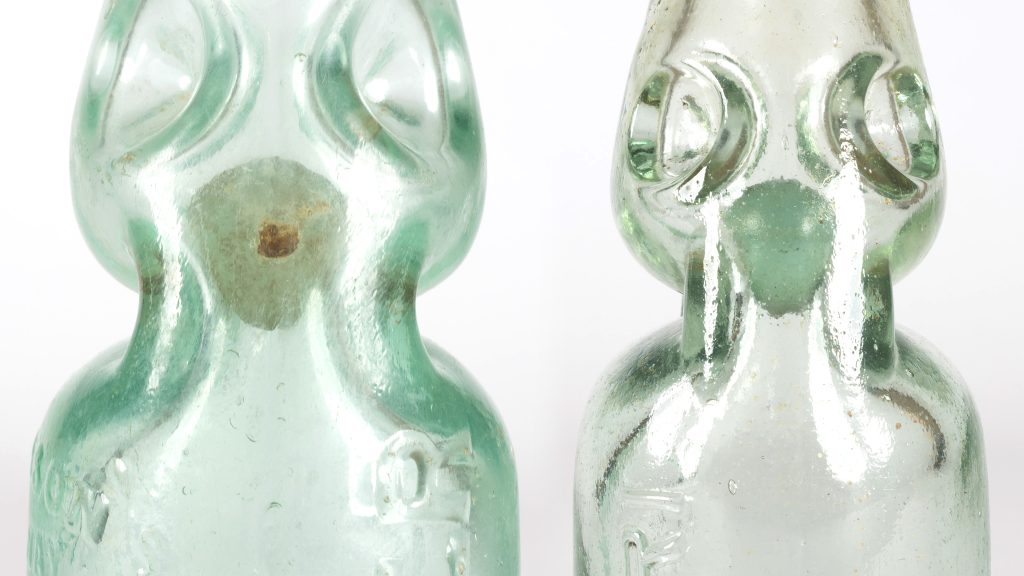
In the 1870s, an English engineer and inventor, Hiram Codd (1838-1887), designed and patented an ingenious bottle design for fizzy drinks. Codd’s design ensured drinks would stay fizzy thanks to thick glass walls and a pinched neck holding a glass marble. To work, this style of bottle was filled upside down. When full, the pressure […]
Read More…
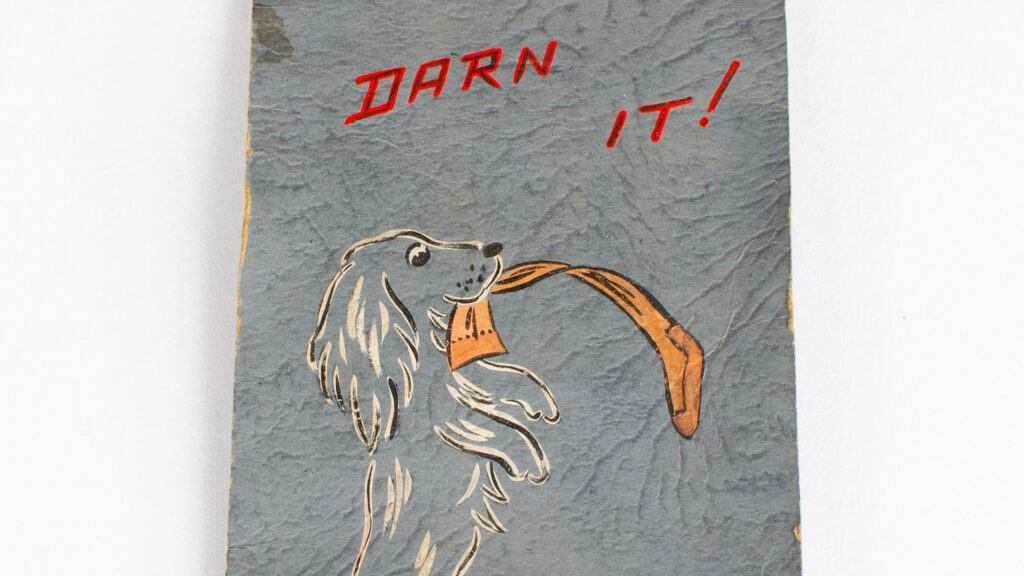
If you’re a woman under seventy years old, chances are you have never darned a stocking. You probably never even owned a pair. But stockings were once considered compulsory attire and a well-dressed woman would not go out in public without them. That changed during World War II, when the silk and nylon used to […]
Read More…
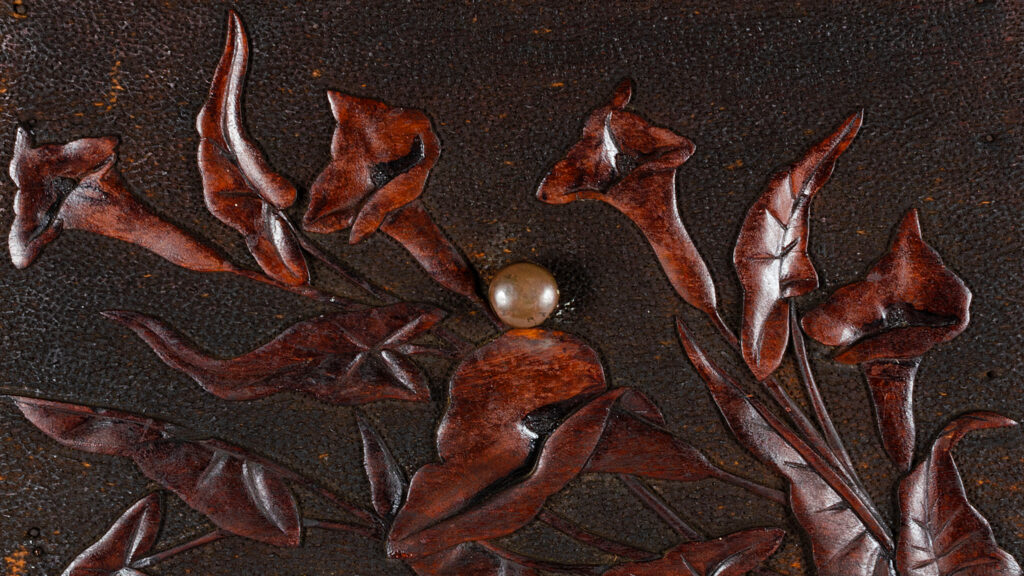
During the 1930s, the Great Depression meant that one in three Australian breadwinners were out of work, and many families struggled to survive. It was during this time that this cabinet was used to store books at a school, as indicated by the typewritten page pasted inside the door which was sent home with pupils […]
Read More…











